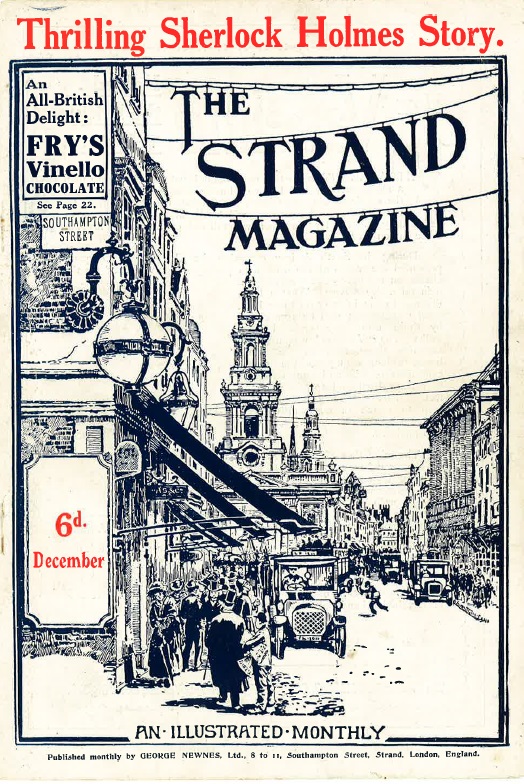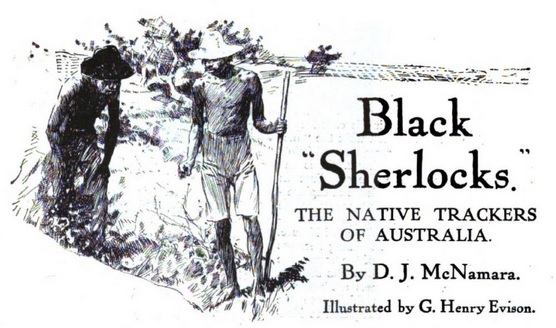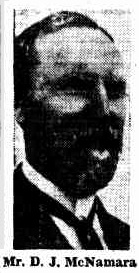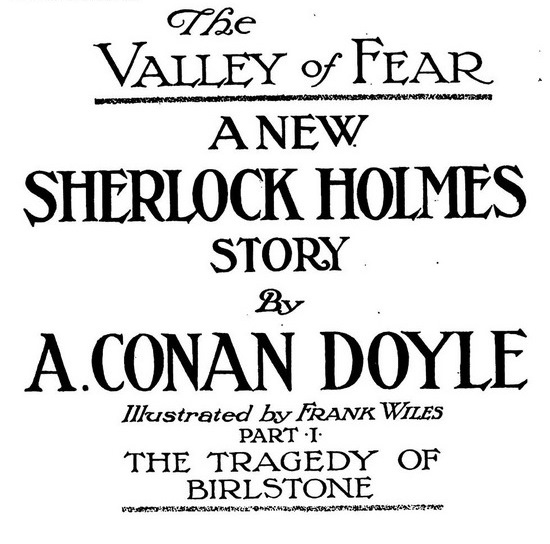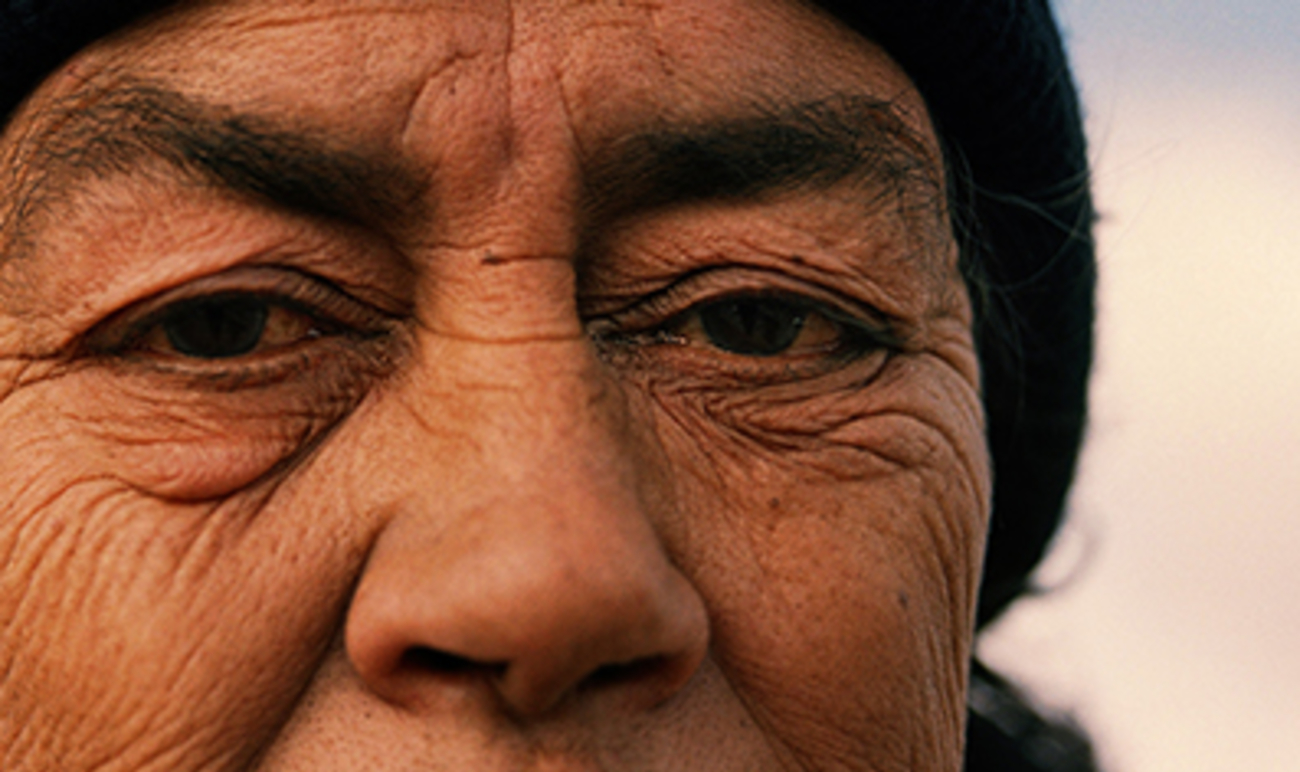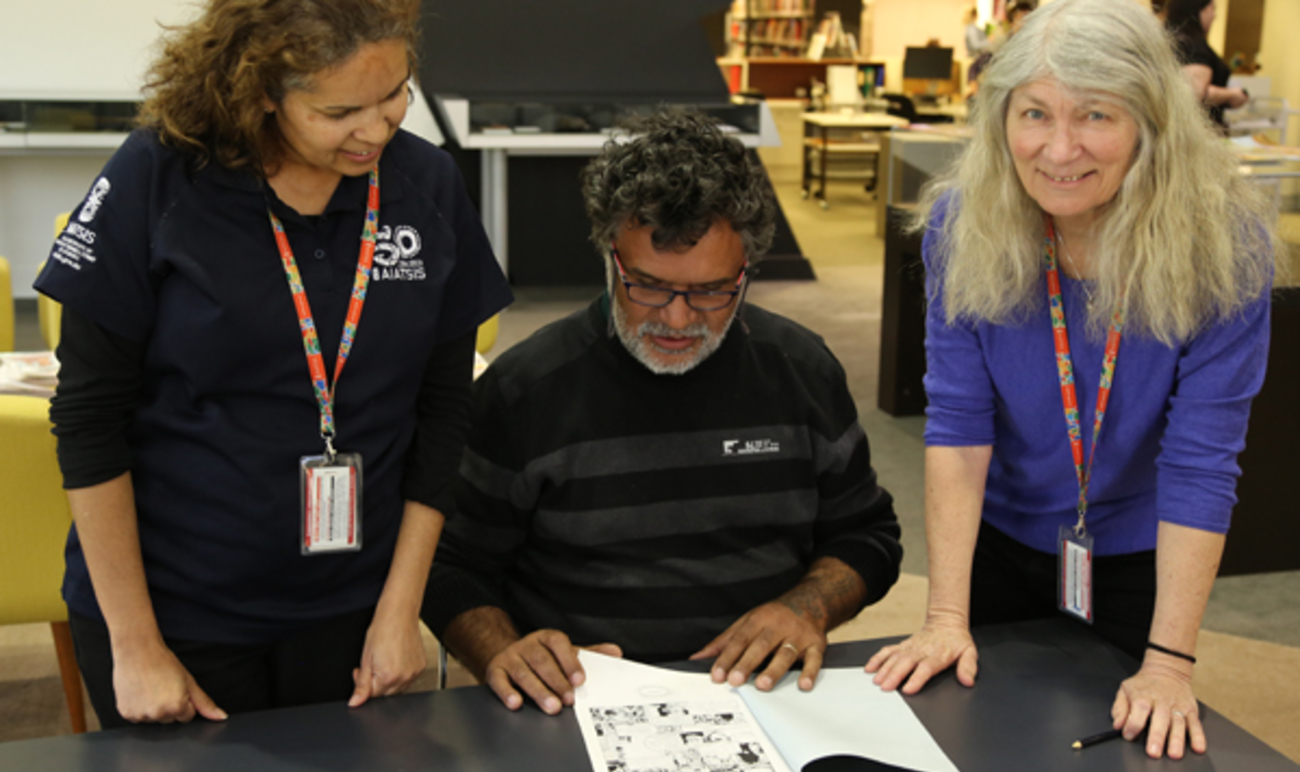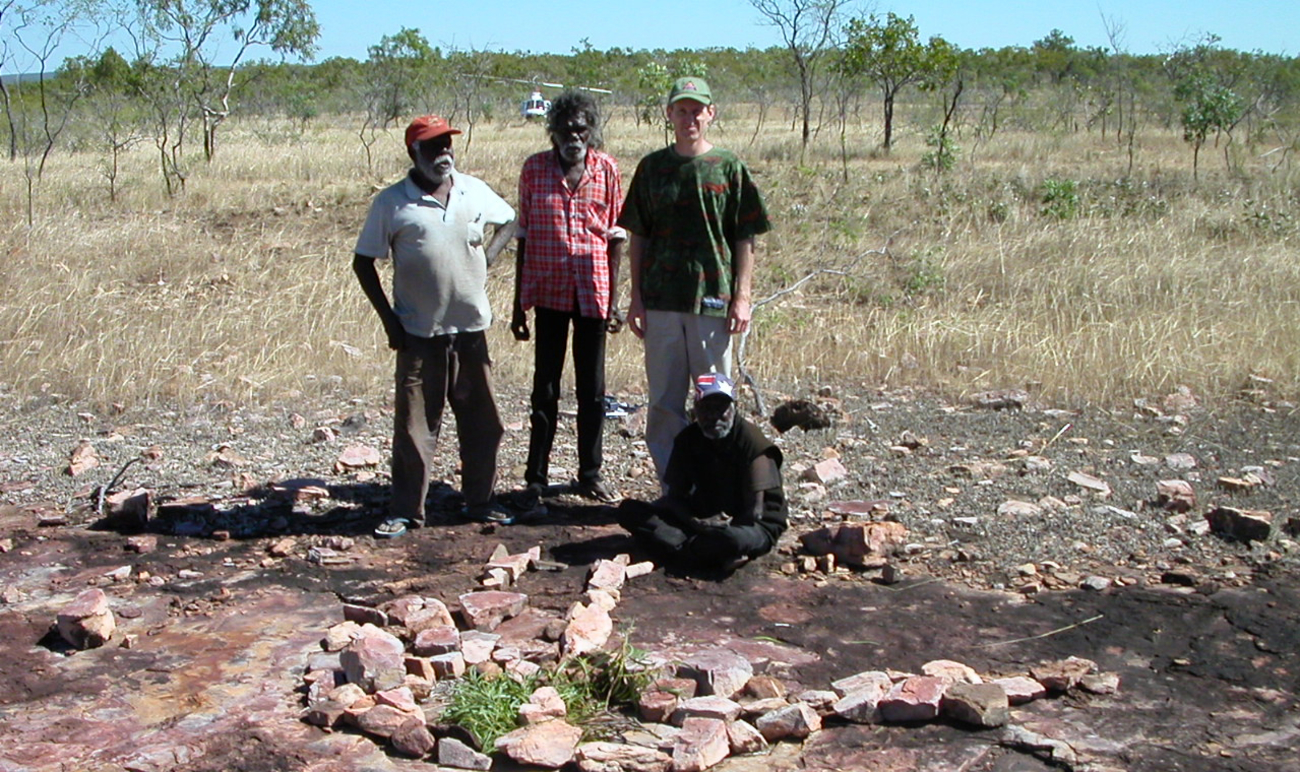AIATSIS holds a wide range of magazines and journals dating back to the 19th century. Amongst these are a number of issues of The Strand Magazine.
Founded by George Newnes in 1891 the magazine featured short stories, interviews and general interest articles. The magazine had a wide readership across the British Empire, including Australia. The Strand is probably most famous for publishing stories featuring the iconic detective Sherlock Homes.
An issue of The Strand Magazine from December 1914 featured an article by an Australian journalist entitled ‘Black “Sherlocks”: The Native trackers of Australia’. The author, D J McNamara, was a South Australian writer and schoolteacher with an abiding interest in Aboriginal people and their culture.
The piece that featured in The Strand was based on a series of articles and lively correspondence on the topic of native trackers that had appeared in the Adelaide Register between December 1913 and the first few months of 1914.
That same issue of The Strand also featured a serialised instalment of the fourth and last Sherlock Holmes novel entitled The Valley of Fear.
D J McNamara praised the skills of Aboriginal trackers and their ability to follow hidden clues in the most difficult of terrains, noting that “the Australian Aborigine has developed marvellous powers of sight and hearing”. He attributed these skills to the training Aboriginal children received from a very early age to track animals in the desert:
An area of sand is smoothed over, the lads turn their back, then an ant or small lizard is let loose on this patch. The youngsters turn around and are required to indicate where the trail began, to follow its course, and to name the creature.
McNamara also noted the important role that Aboriginal trackers played in policing work across vast areas of remote central Australia:
These delinquents know all the tricks of the game and do everything to baffle pursuit. They take to hard stony country, to the scrub, cross rivers, walk backwards for miles, clothe their feet with slippers of emu feathers, and so forth. Seldom, however, have they managed to elude the remorseless pursuit of the black tracker.
The illustrations for the article were drawn by a British artist, and regular Strand contributor, George Henry Evison. There is no evidence to show that Evison ever travelled to Australia or as to where he may have got his inspiration for his illustrations of Aboriginal trackers.
McNamara also drew some of his information for the article from the work of the ornithologist Samuel White. Both McNamara and White were members of the Field Naturalists’ Section of the Royal Society of South Australia. White is best known for his book Into the Dead Heart: an ornithological trip through Central Australia. The Institute holds a rare copy of this book.
The high esteem in which D J McNamara held Aboriginal trackers was clearly evident in the fact that he called them ‘Black Sherlocks’. By 1914 Sherlock Holmes was one of the world’s best known literary characters and intrinsically linked intellectual prowess and deductive ability. Clearly, McNamara ranked the skills of Aboriginal trackers with those of the world’s greatest detective.
McNamara’s final words on the subject illuminate the deep knowledge and understanding that Aboriginal people have of their environment and the landscape around them:
‘The [A]borigines are skilled naturalists, knowing the names, properties, and life history of the native plants and animals within miles of their habitat, and readily distinguishing the various species. They are also skilled astronomers…It seems a pity that these great natural gifts are not more availed of by scientific investigators.’

1 and 2: "Whether on foot or horseback a Native tracker keeps his eyes fixed on the ground", p.586
3: “The Black tracker would point out the spot where the deed was done” p.588
1 and 2: "Whether on foot or horseback a Native tracker keeps his eyes fixed on the ground", p.586
3: “The Black tracker would point out the spot where the deed was done” p.588
AIATSIS Manuscripts and Rare Book Collection
Our Manuscripts and Rare Books Collection holds over 2,600 rare books, 12,800 manuscripts, 2,200 pamphlets and 1,700 serial titles (14,650 issues) of significance to Aboriginal and Torres Strait Islander studies. Items in the collection are selected on the basis of age, rarity, value or sensitivity of the material for Aboriginal and Torres Strait Islander communities and individuals.
White, Samuel Into the Dead Heart: an ornithological trip through Central Australia (1914)
